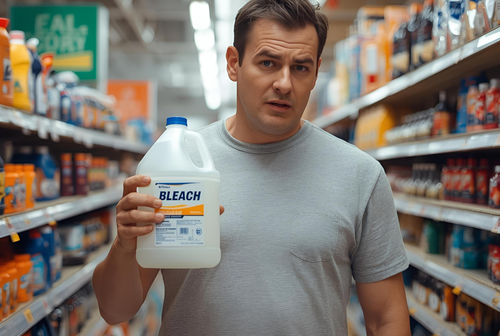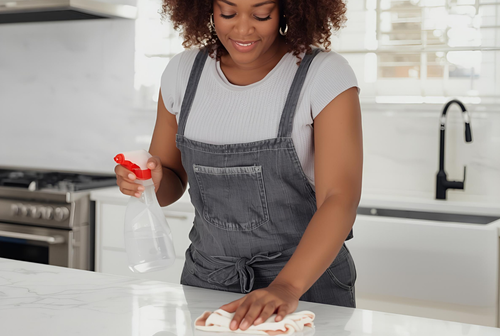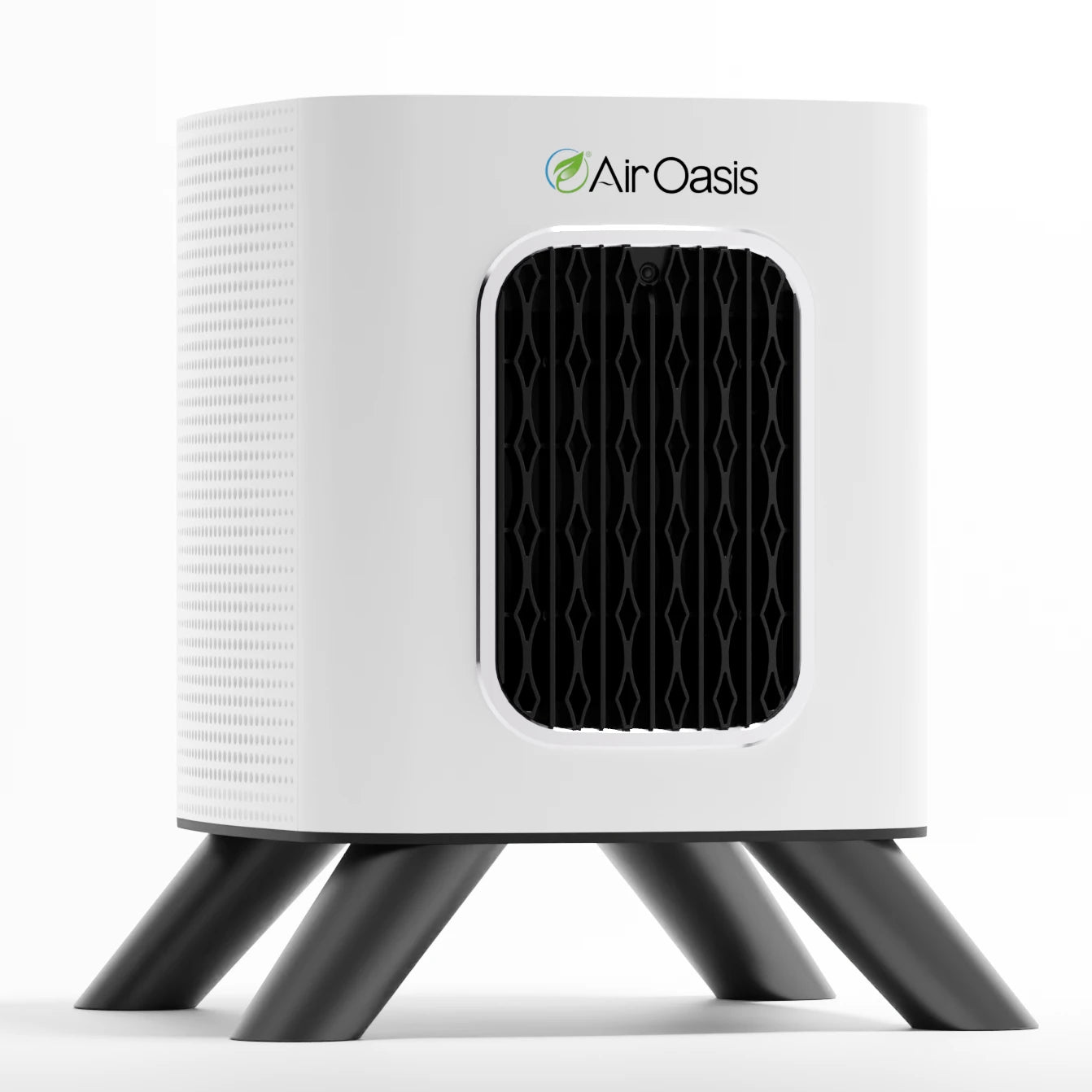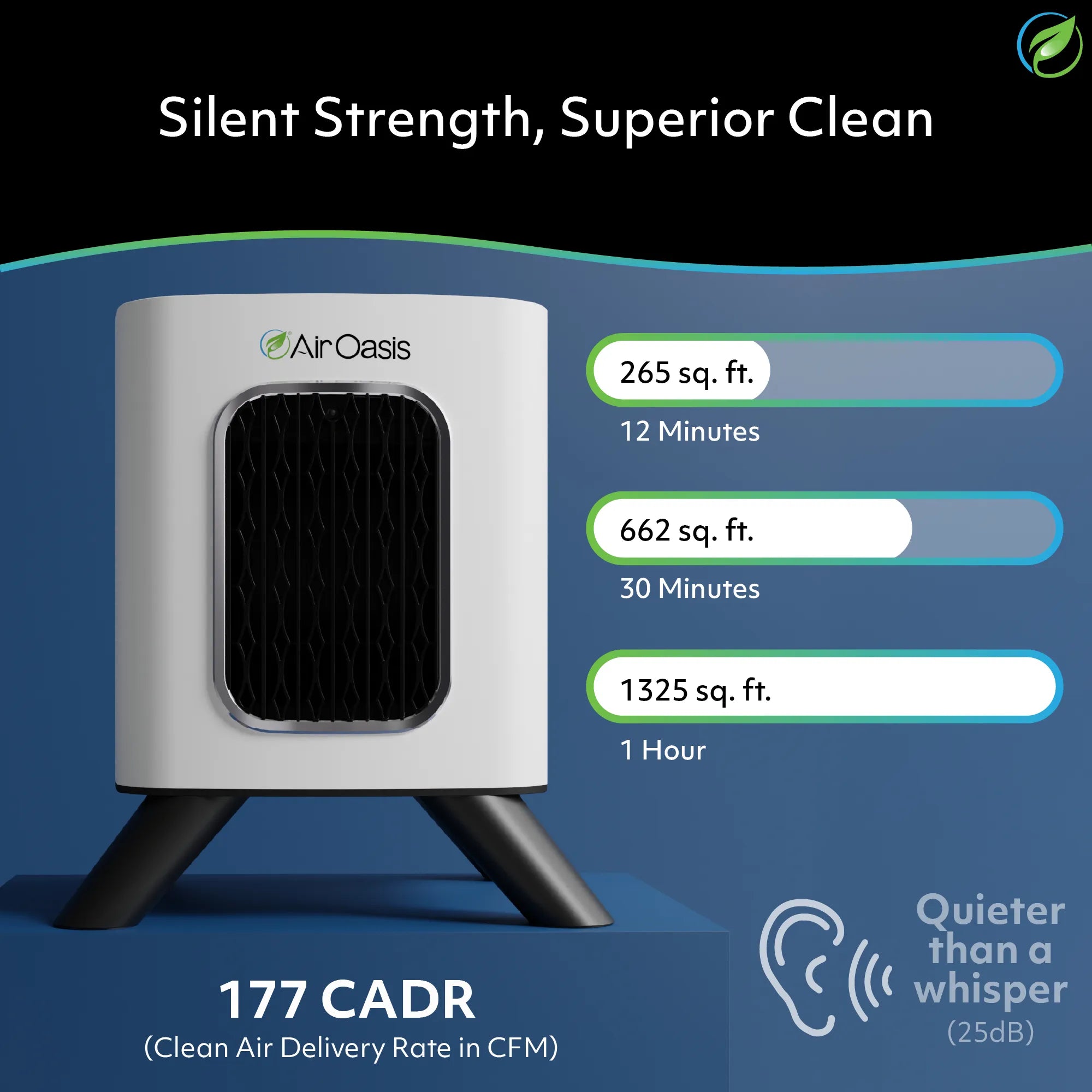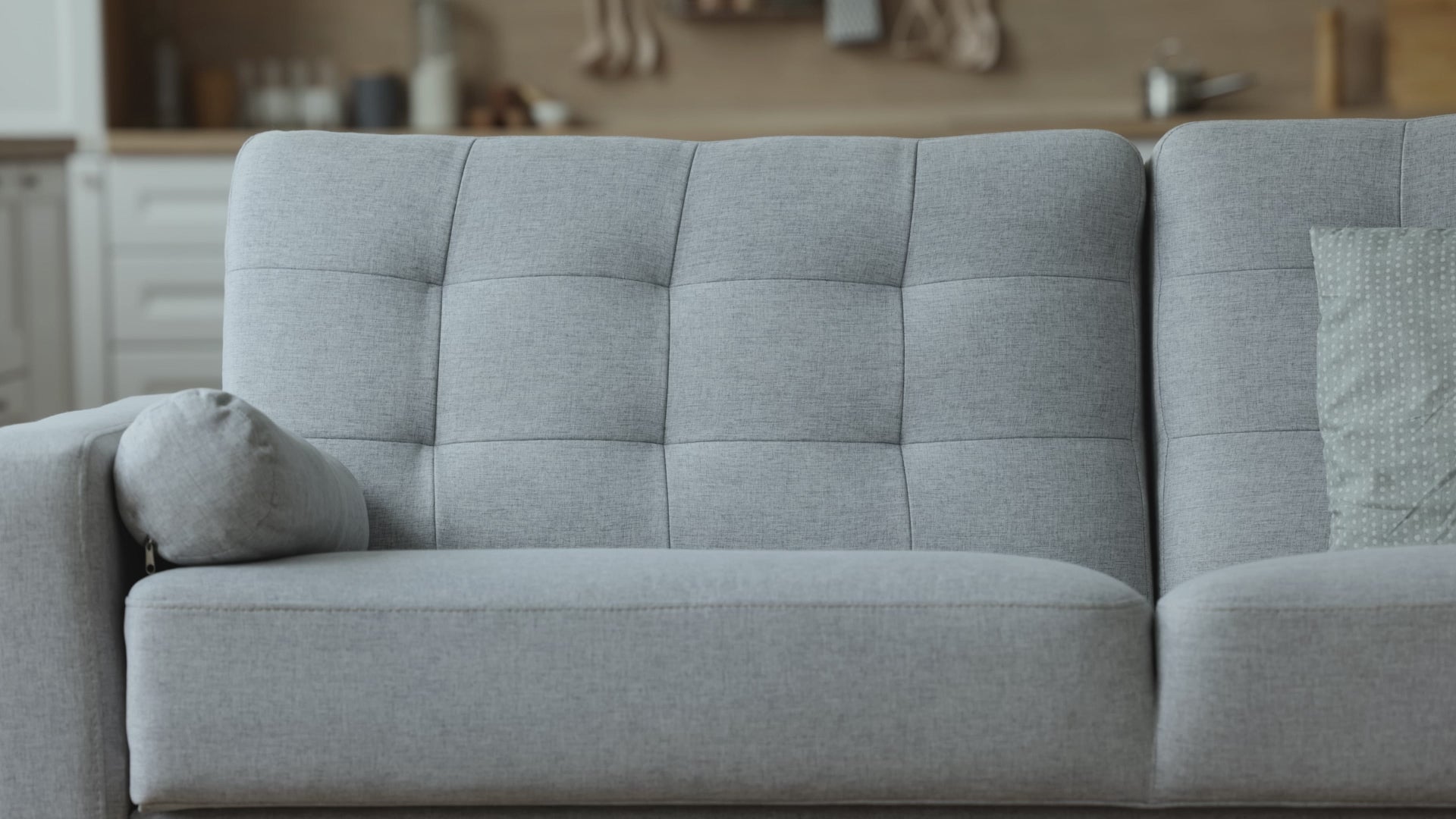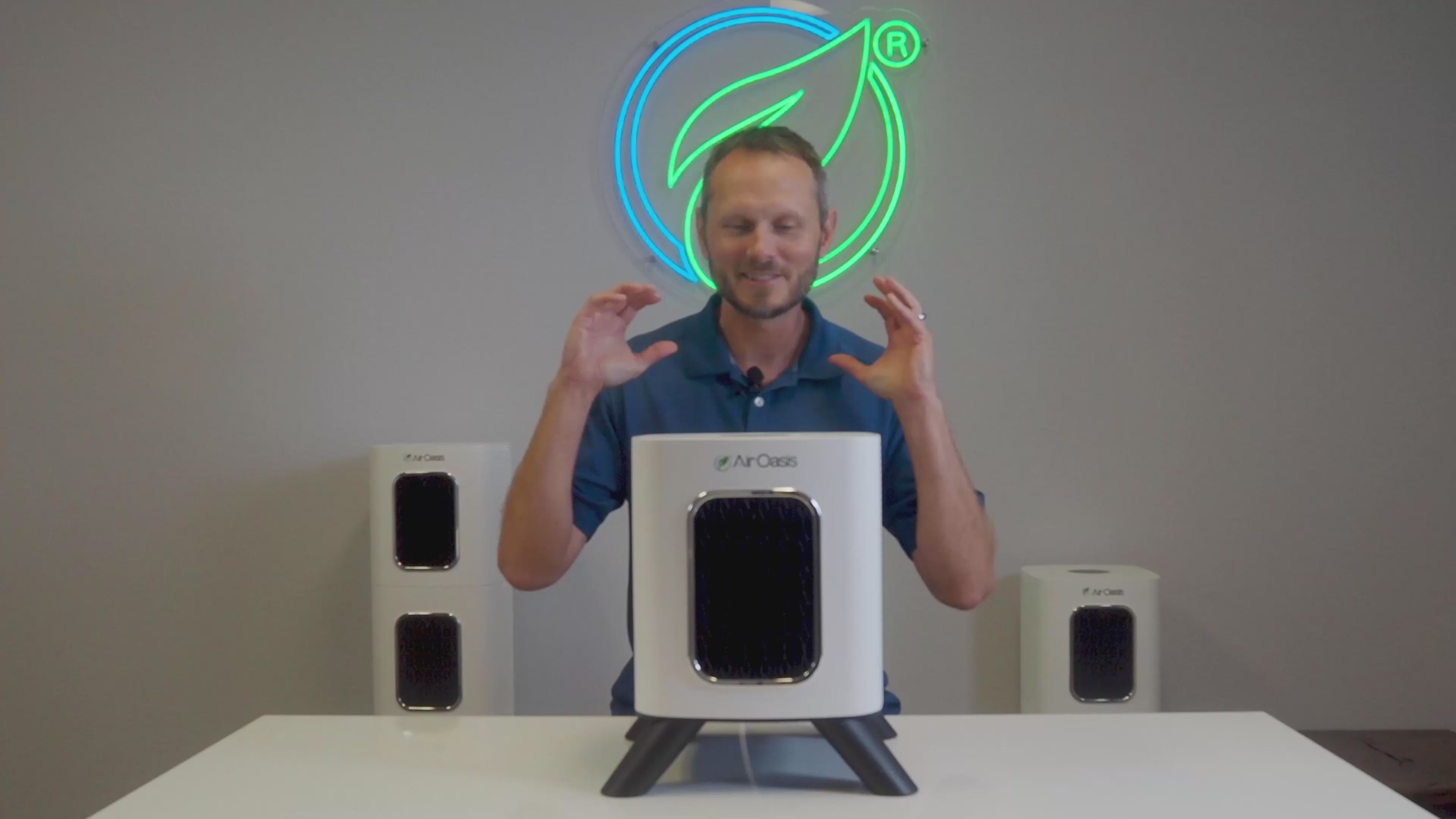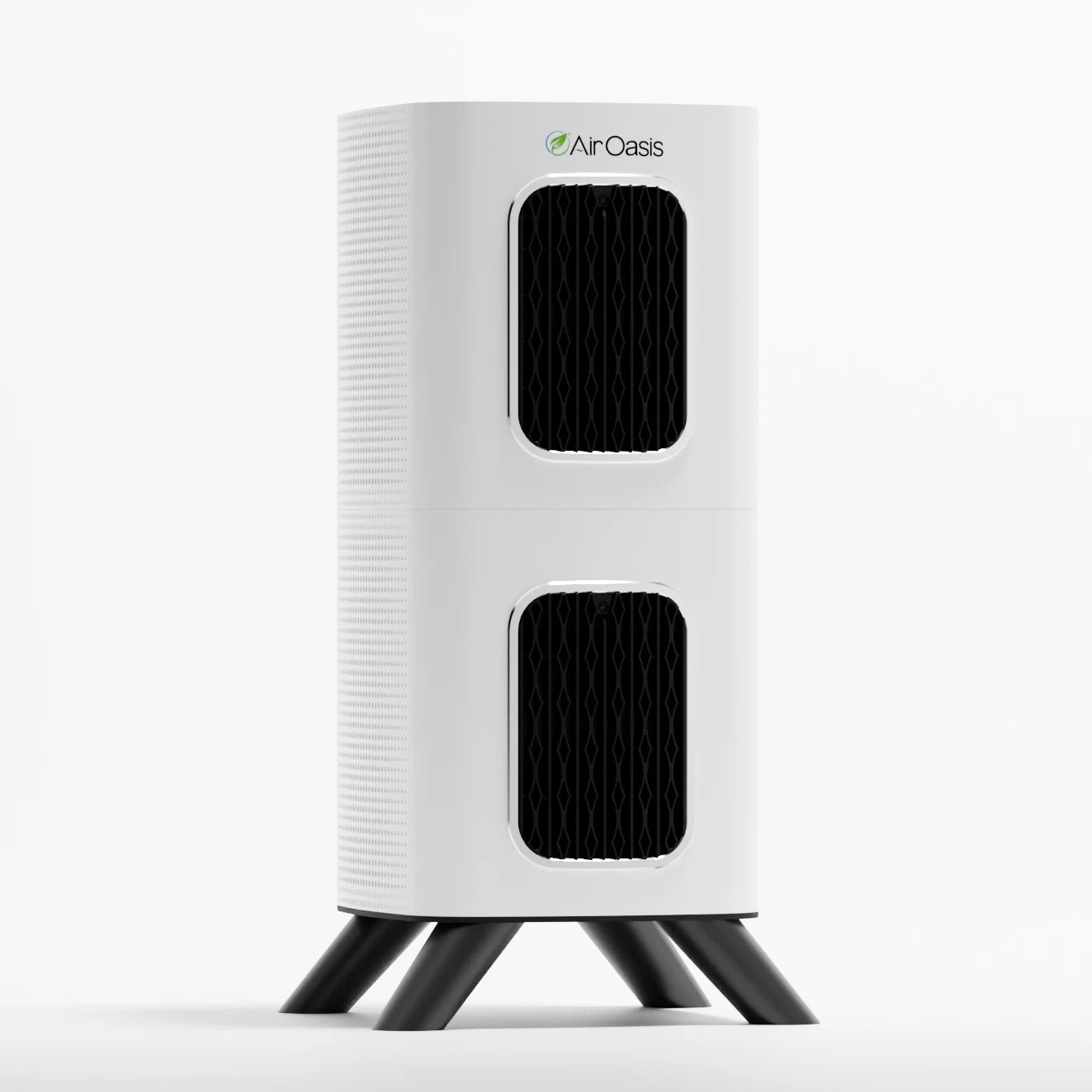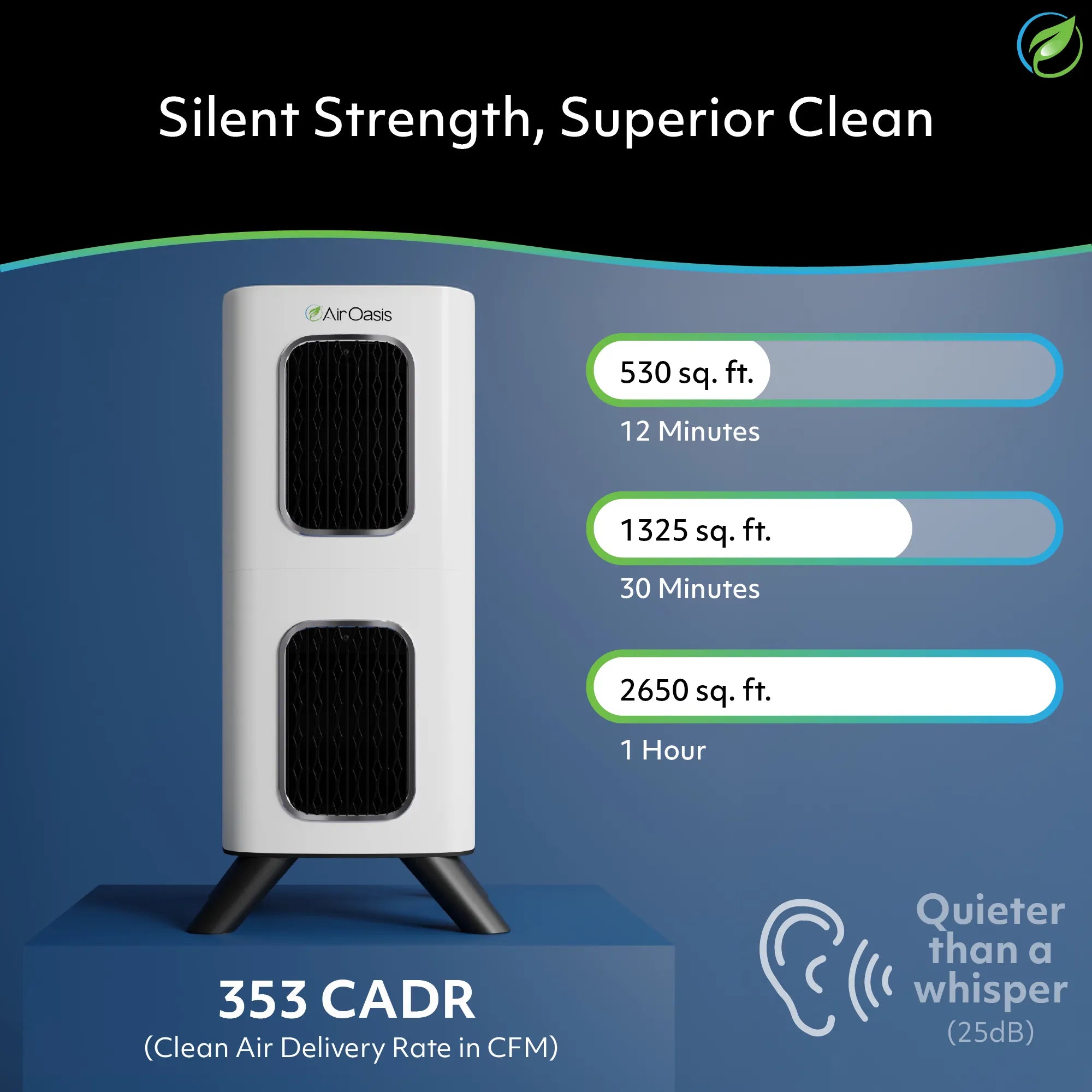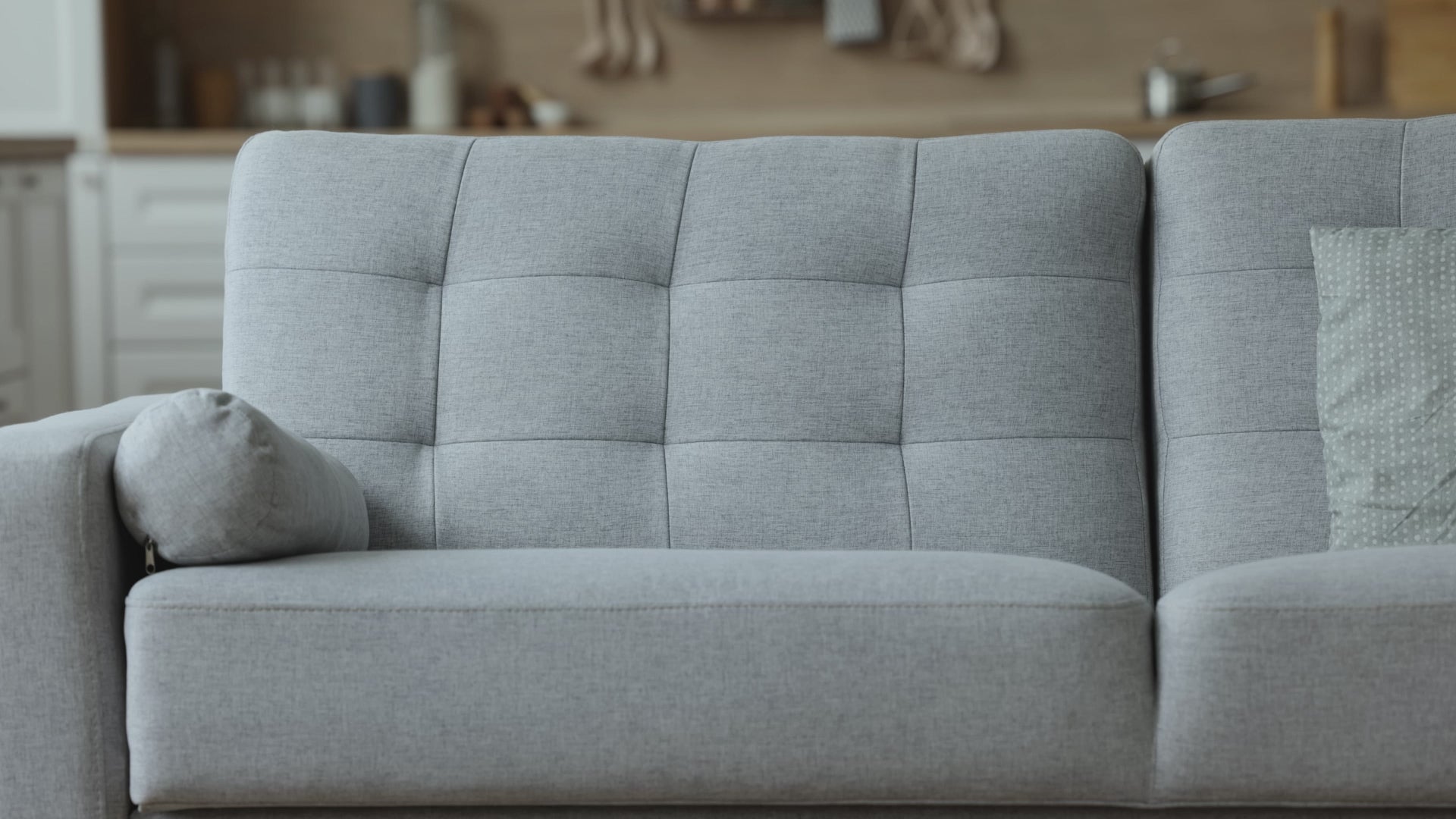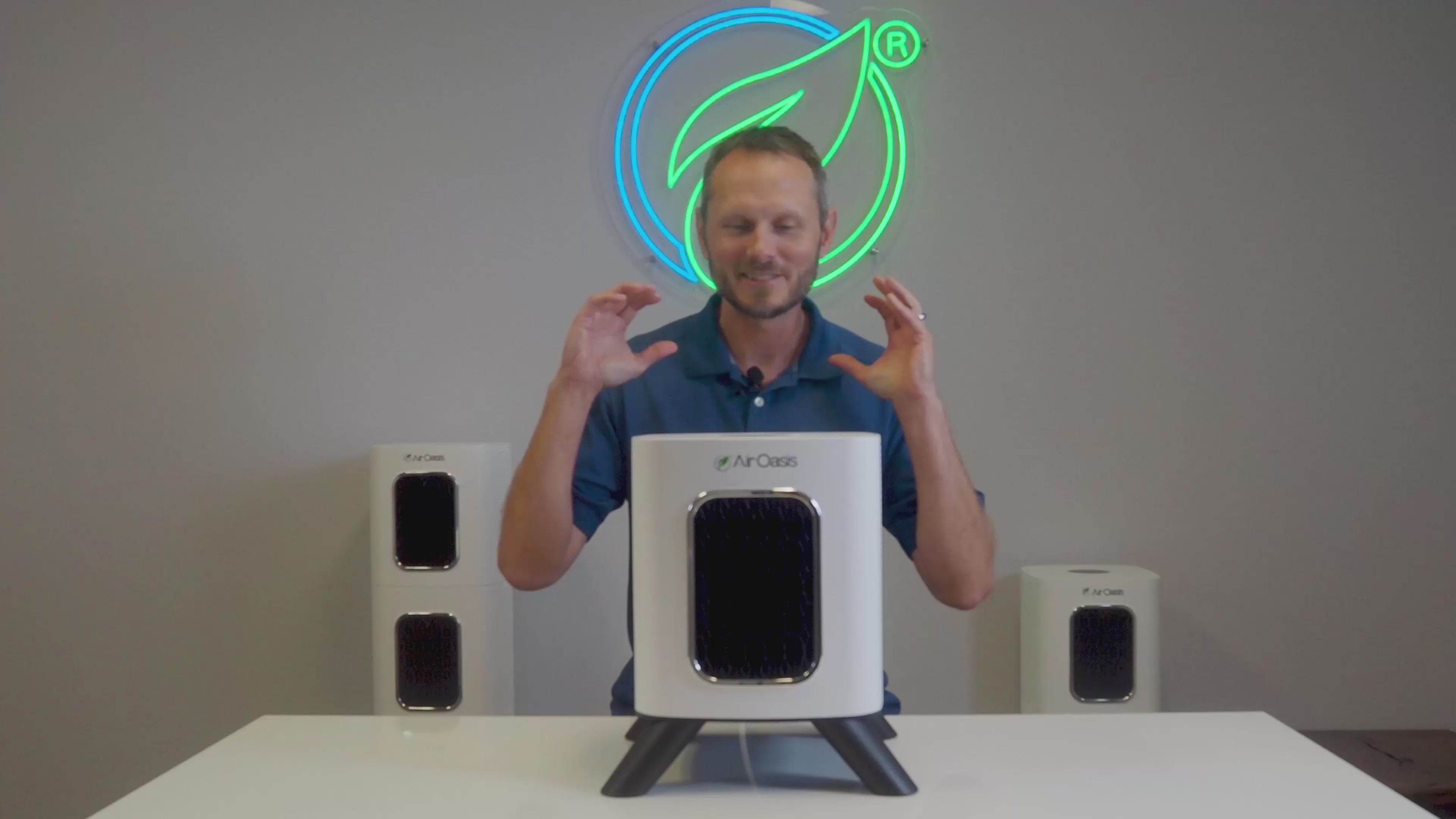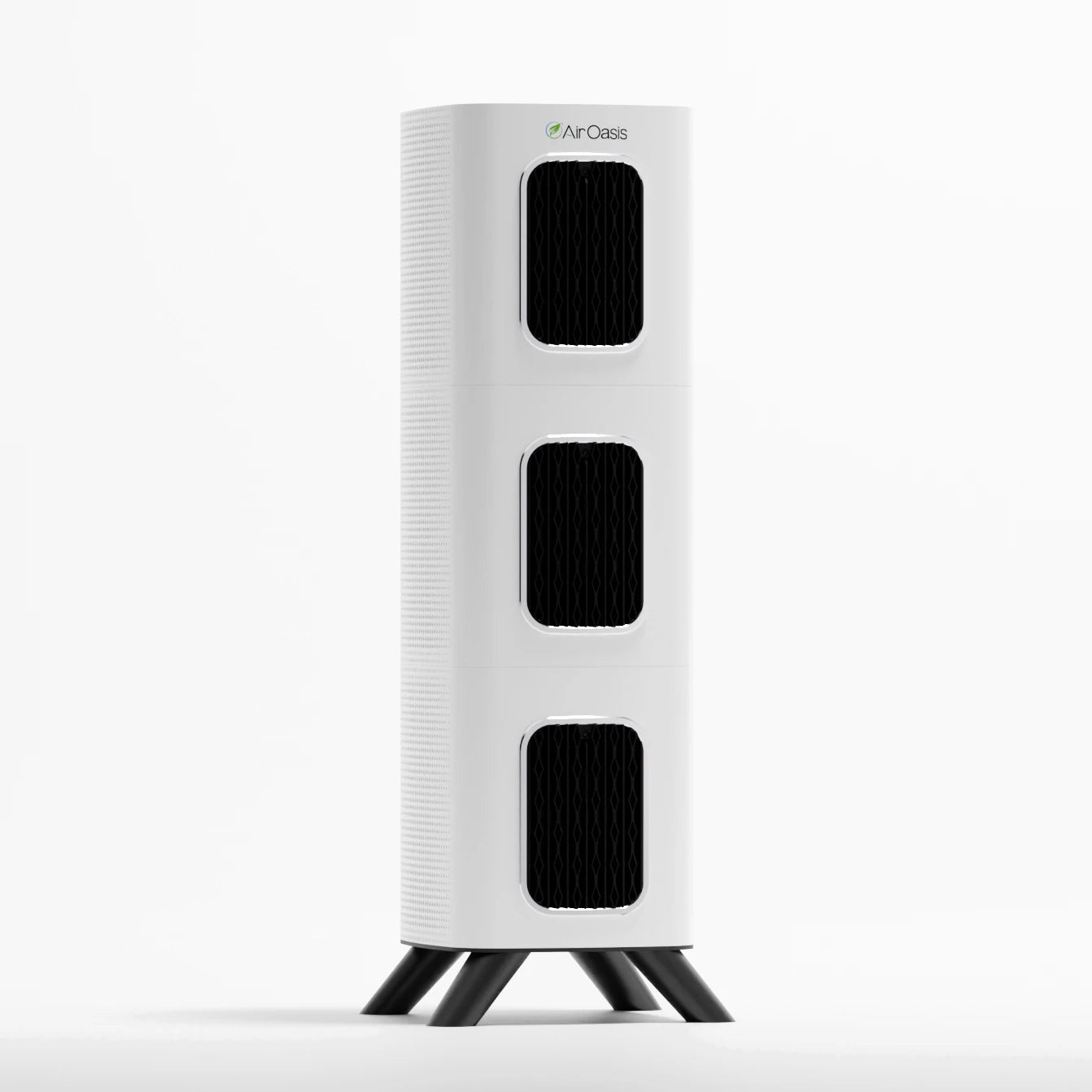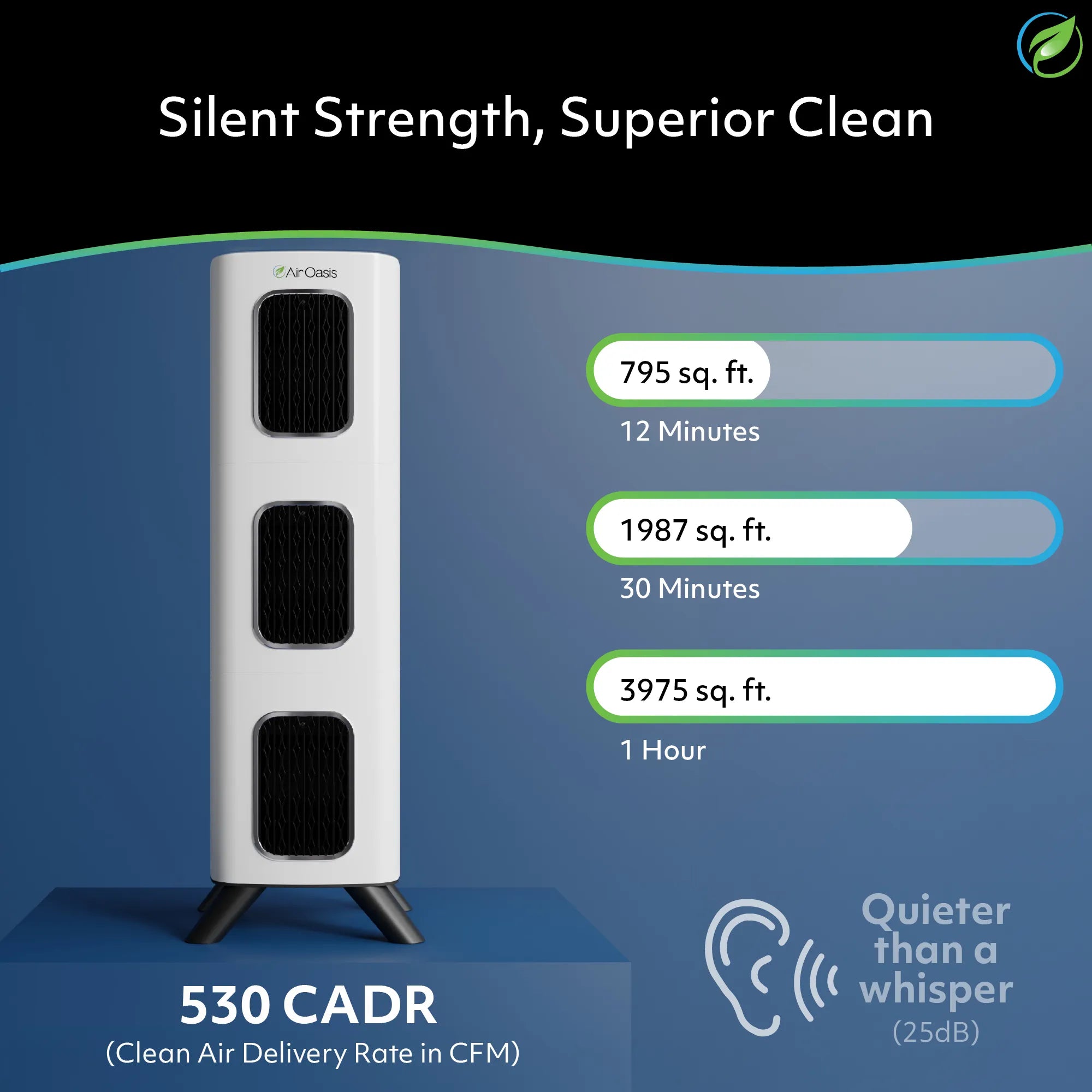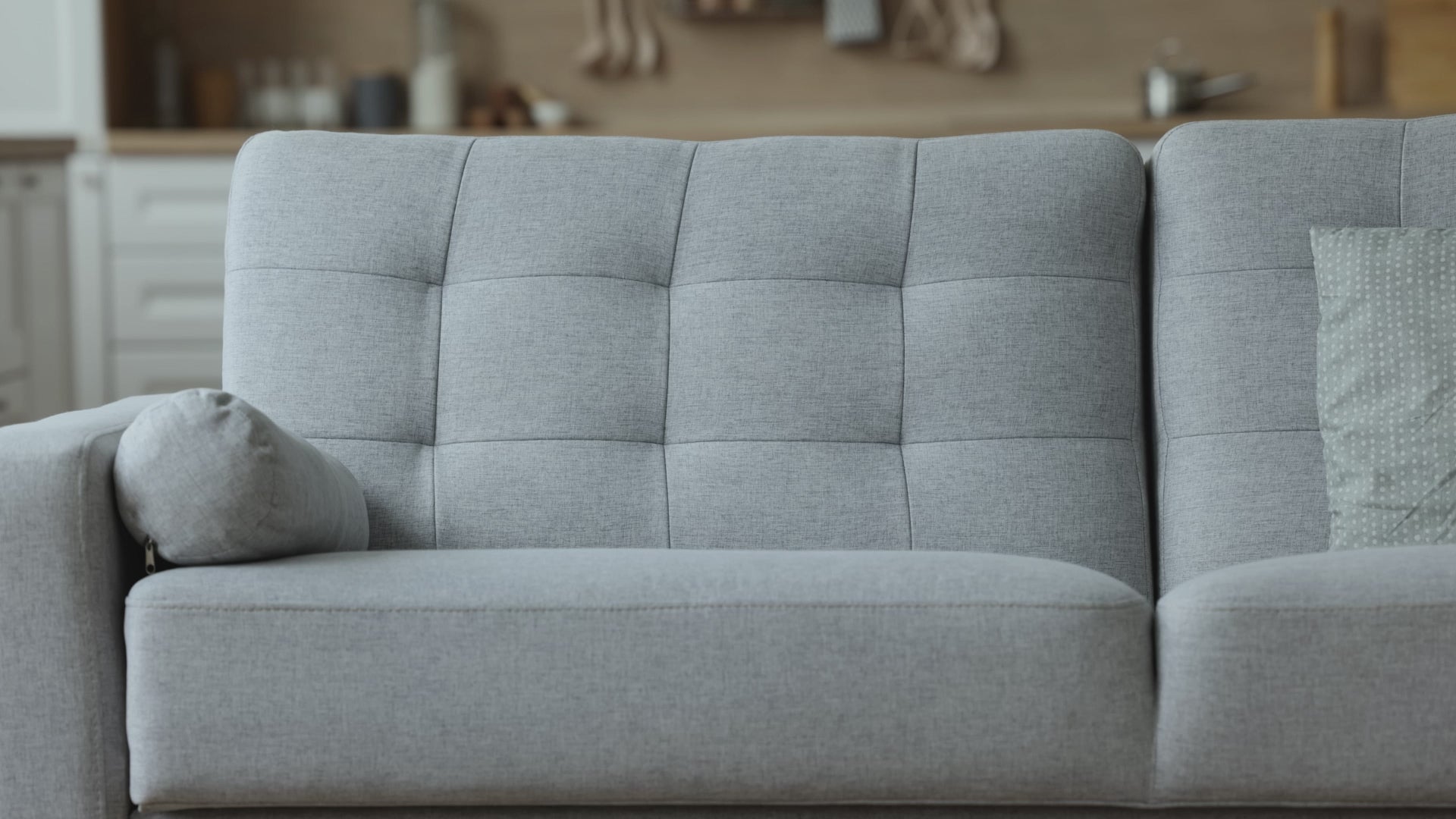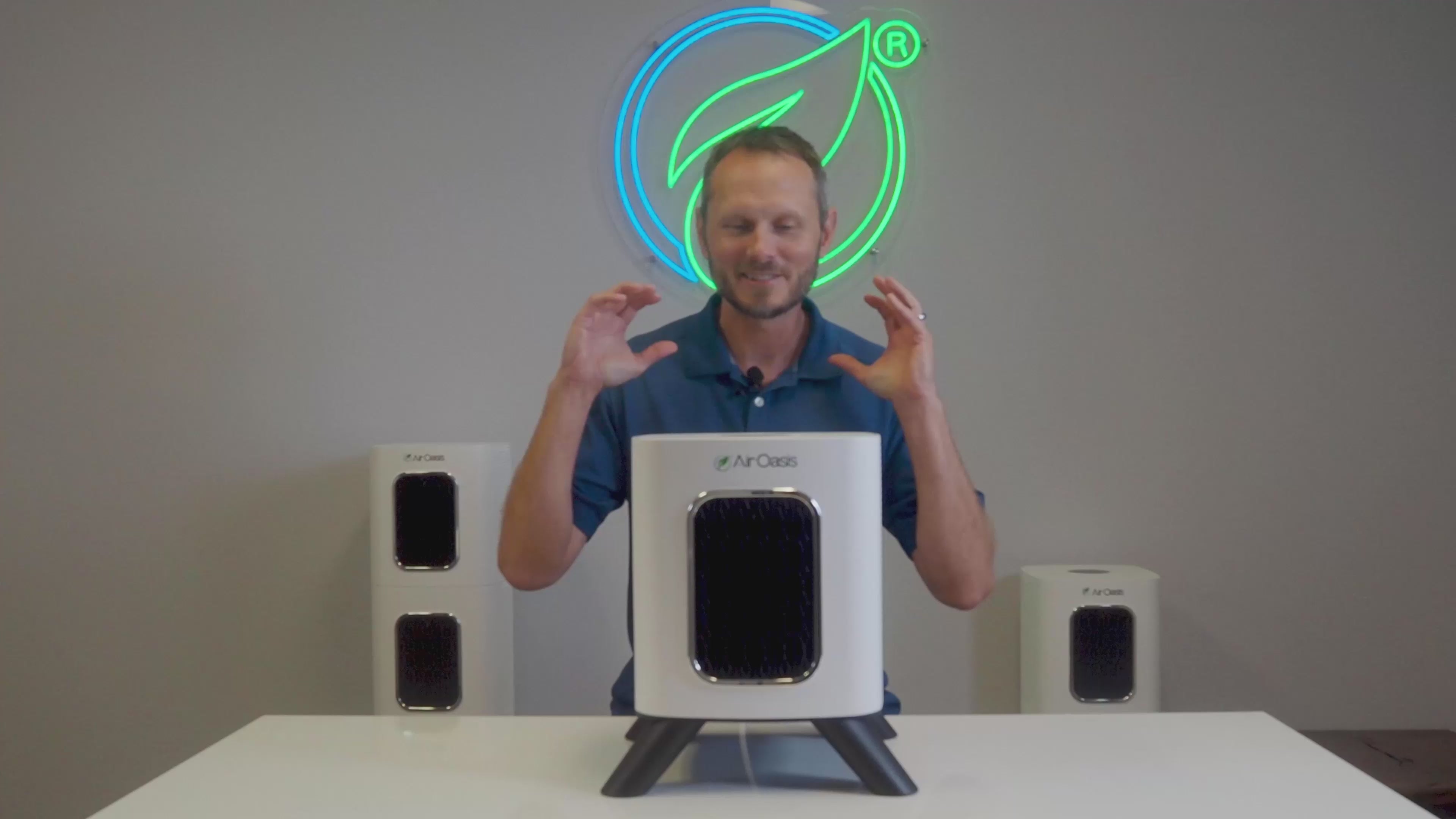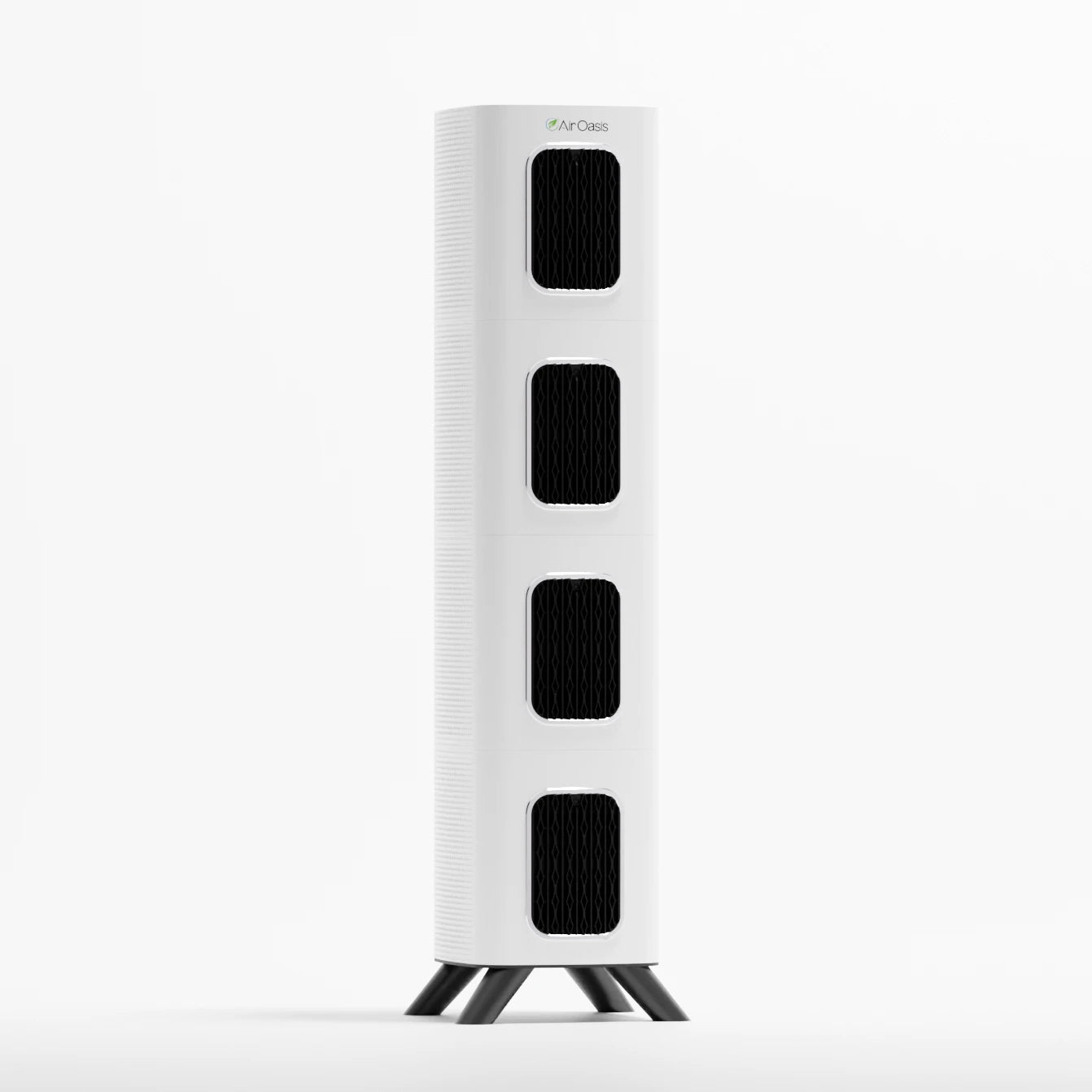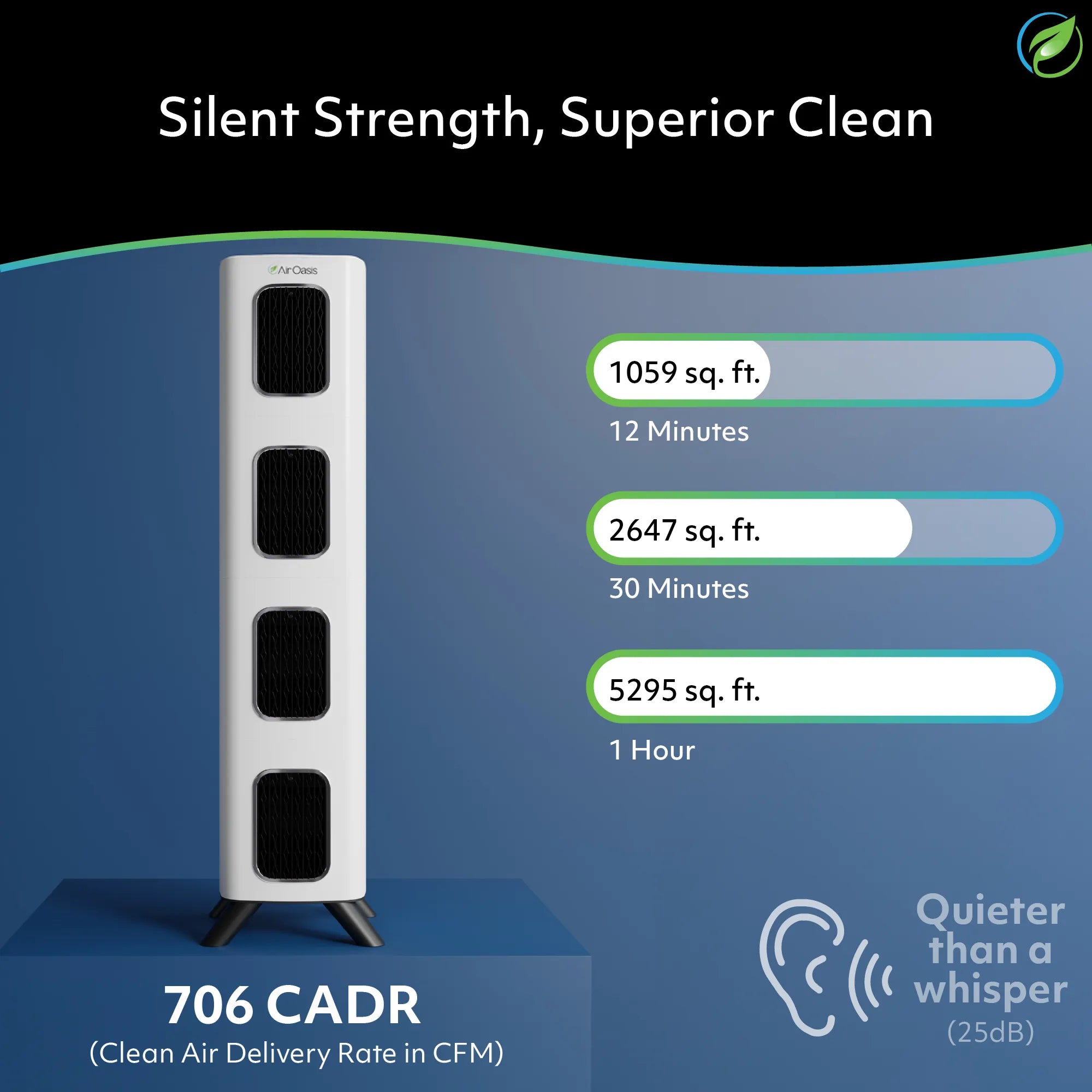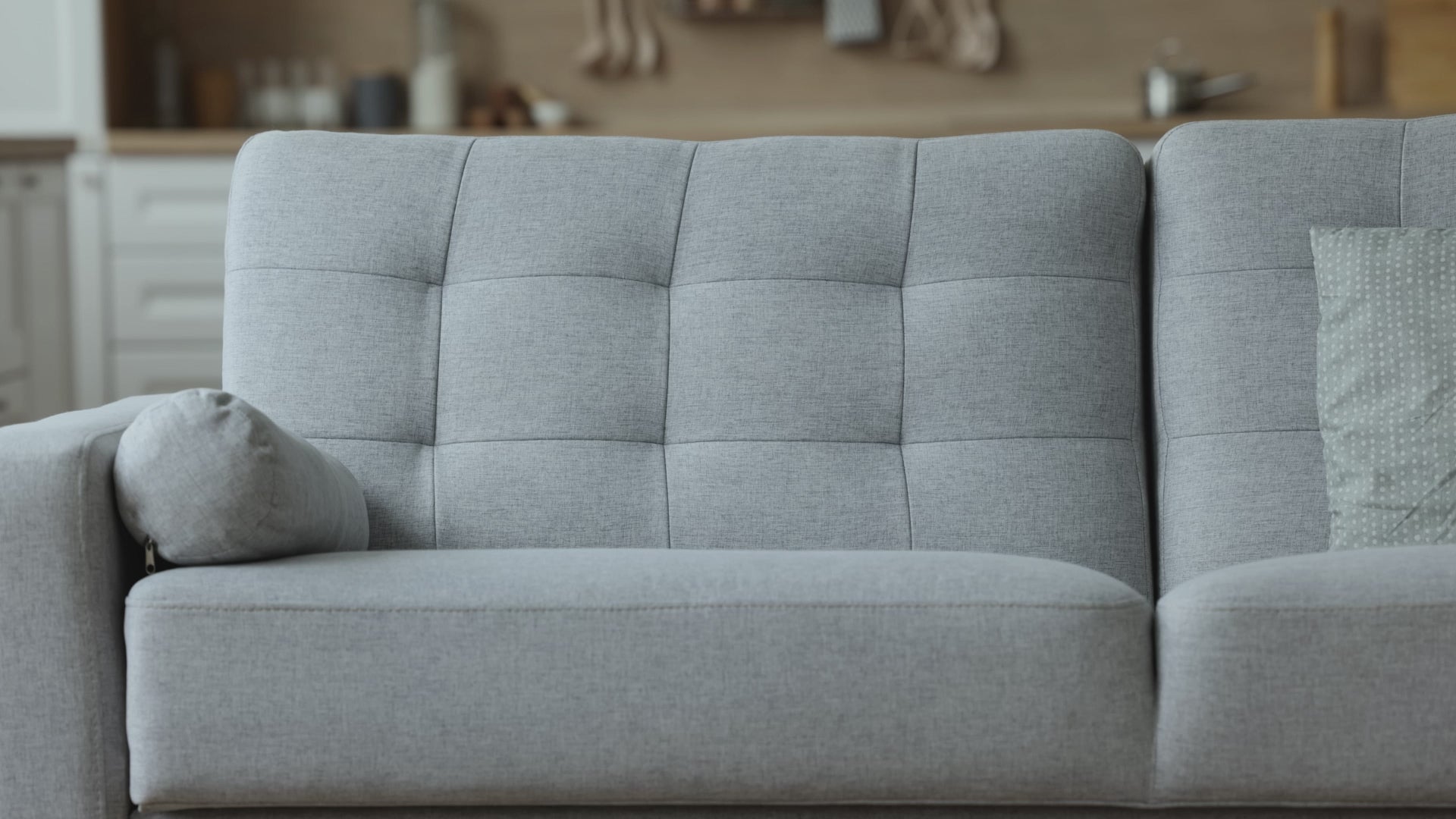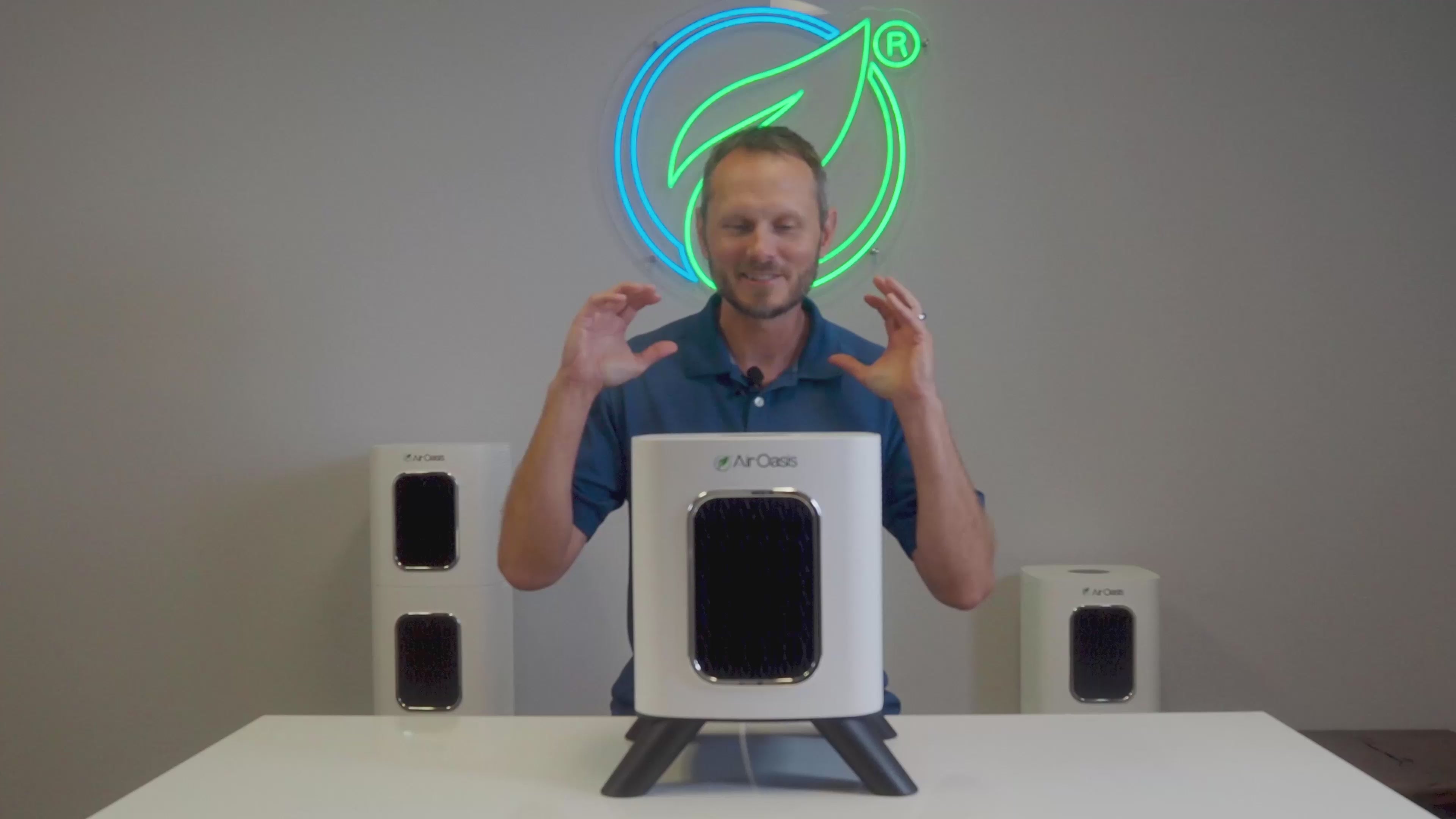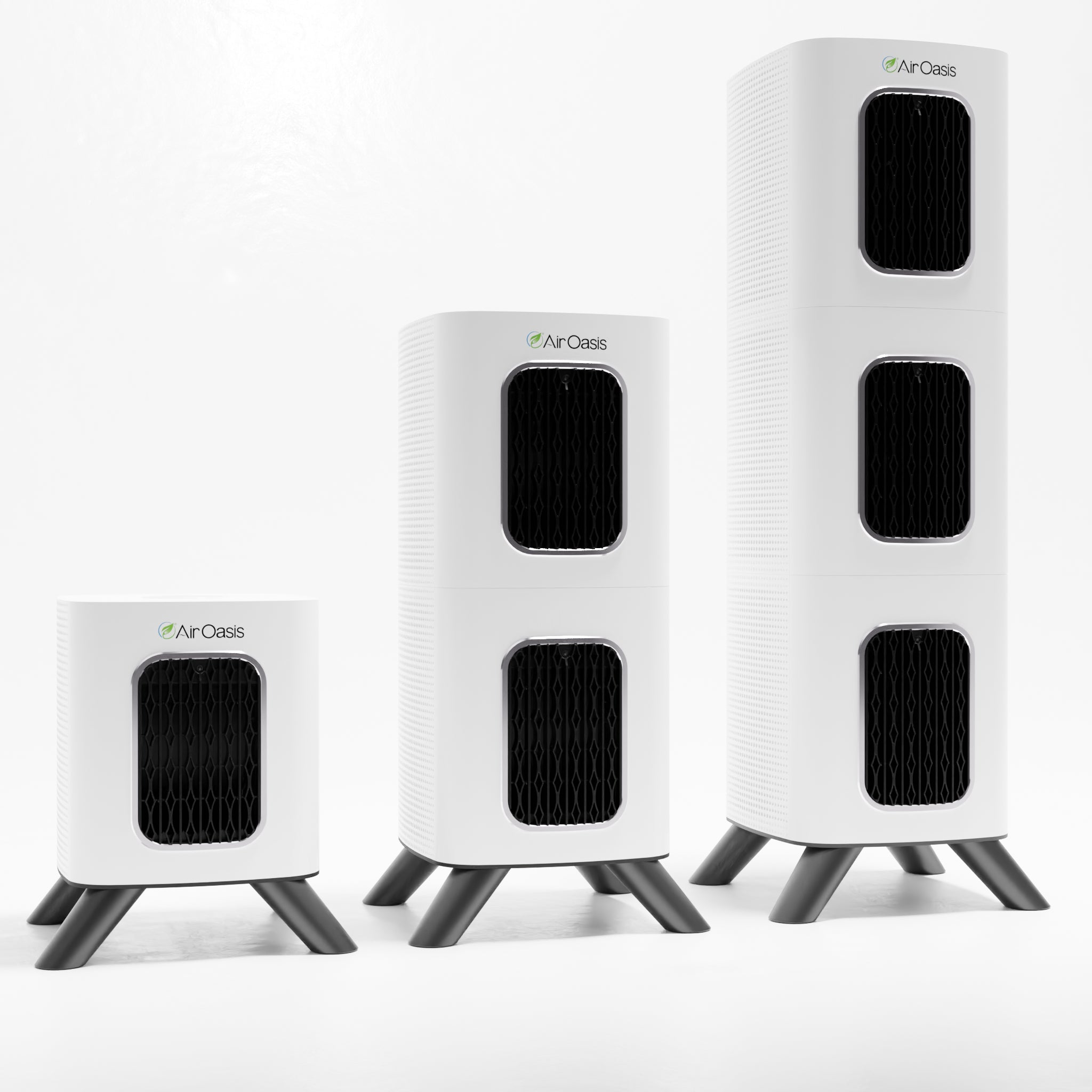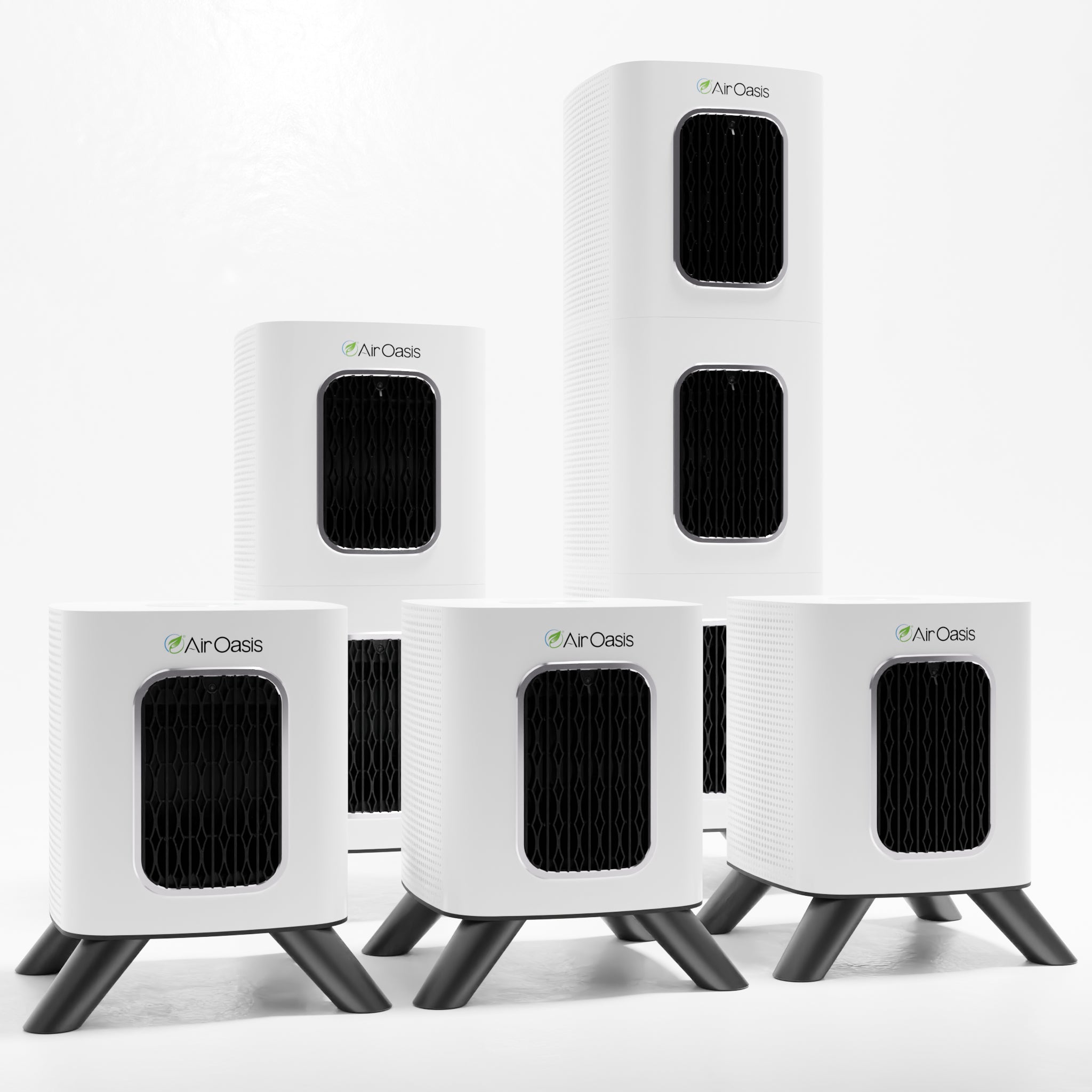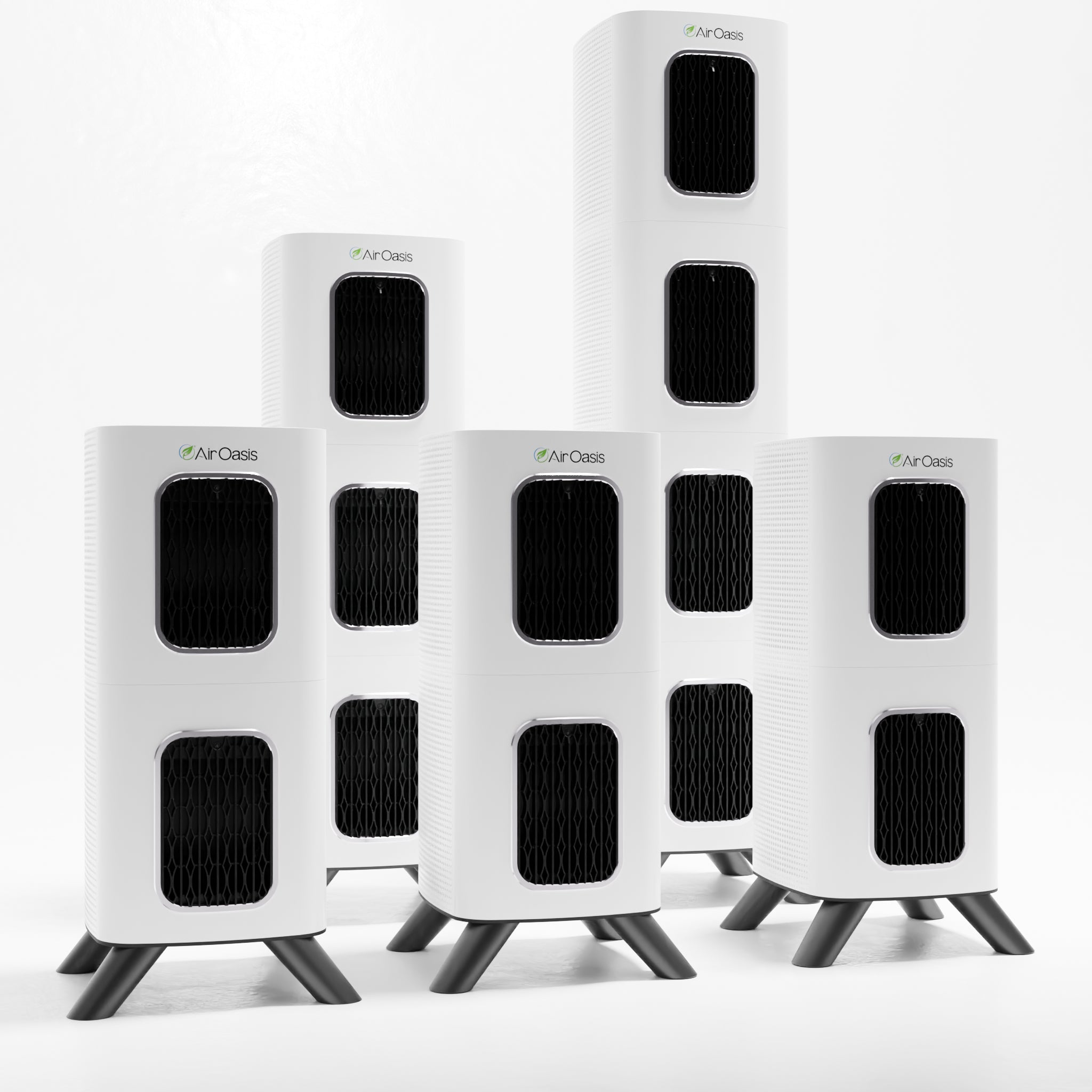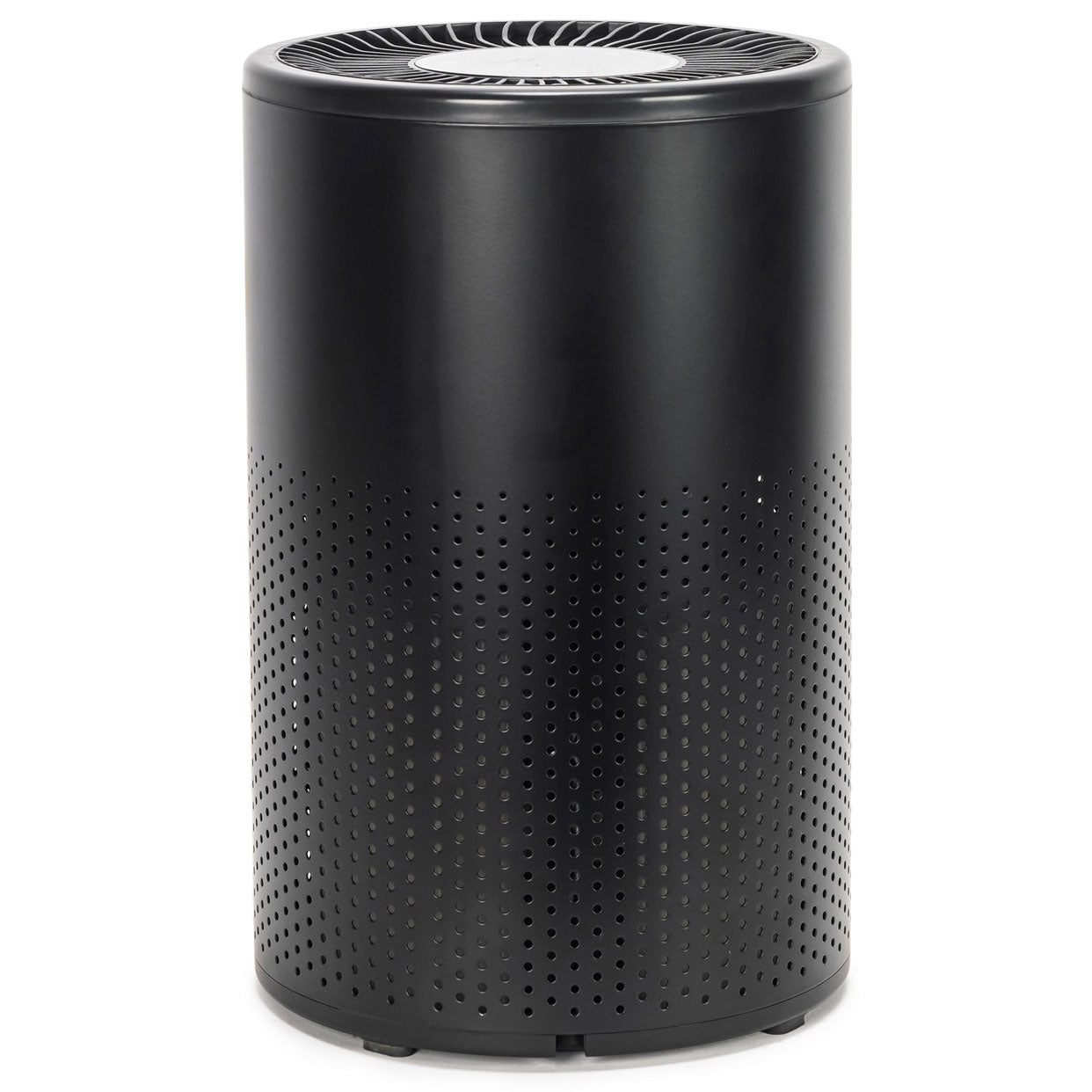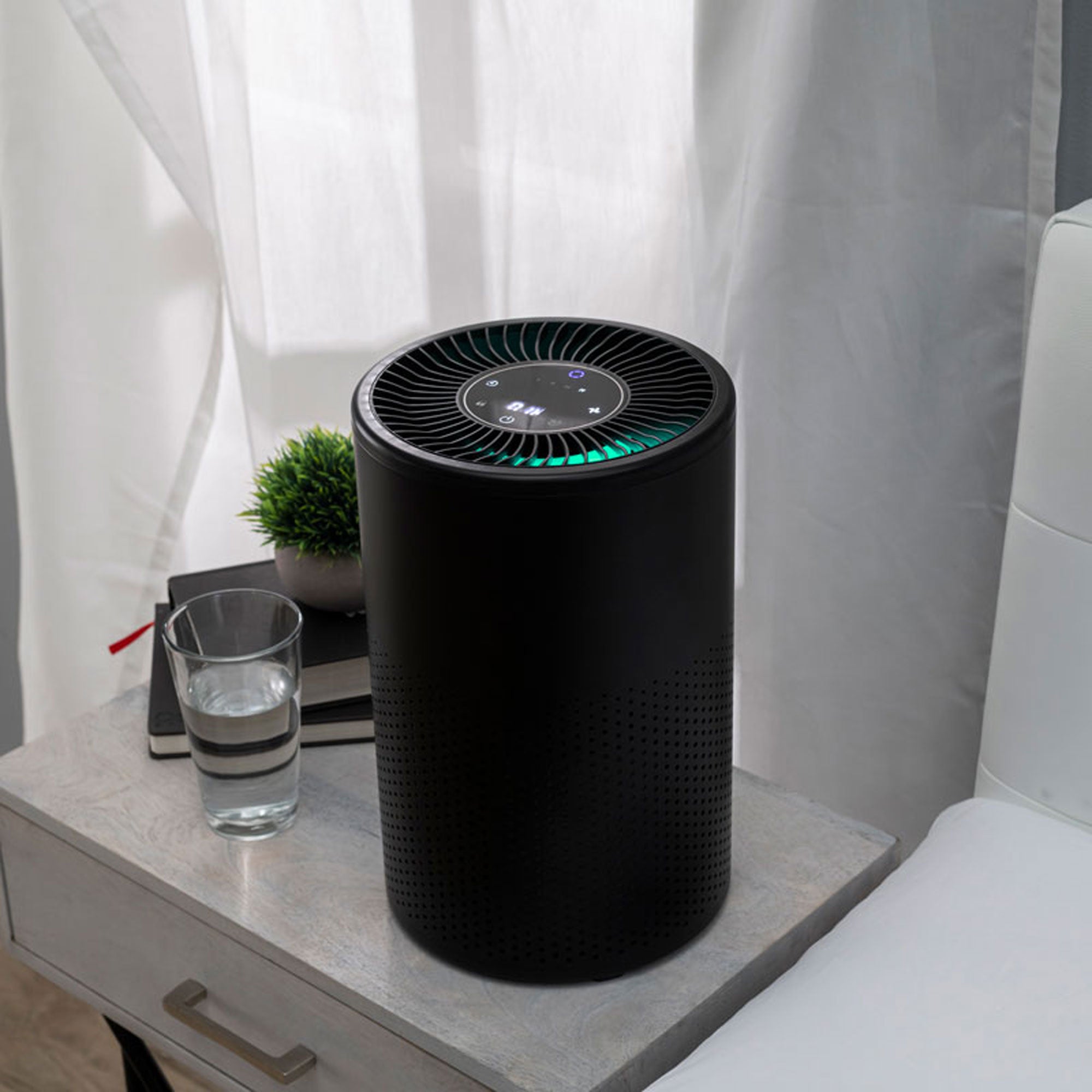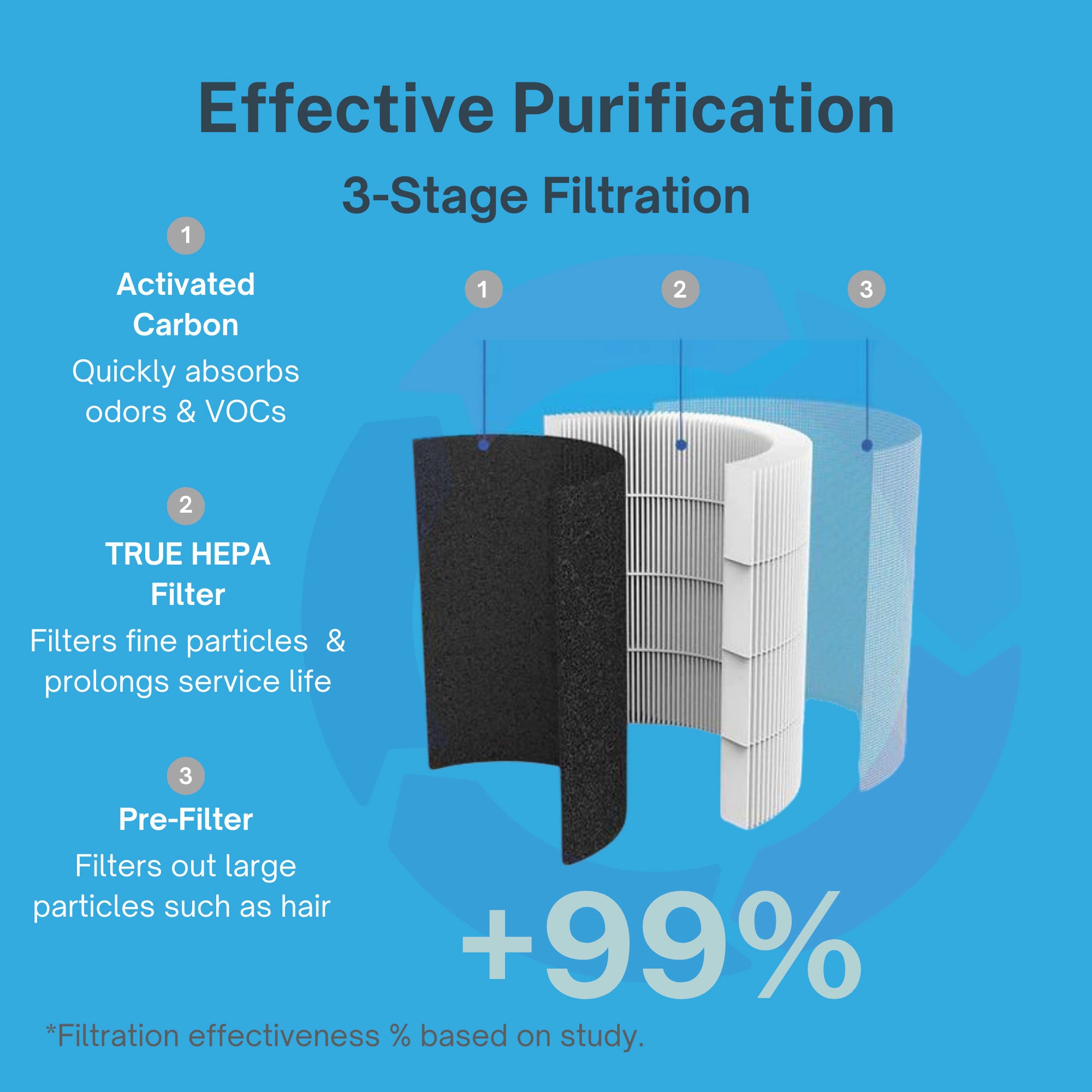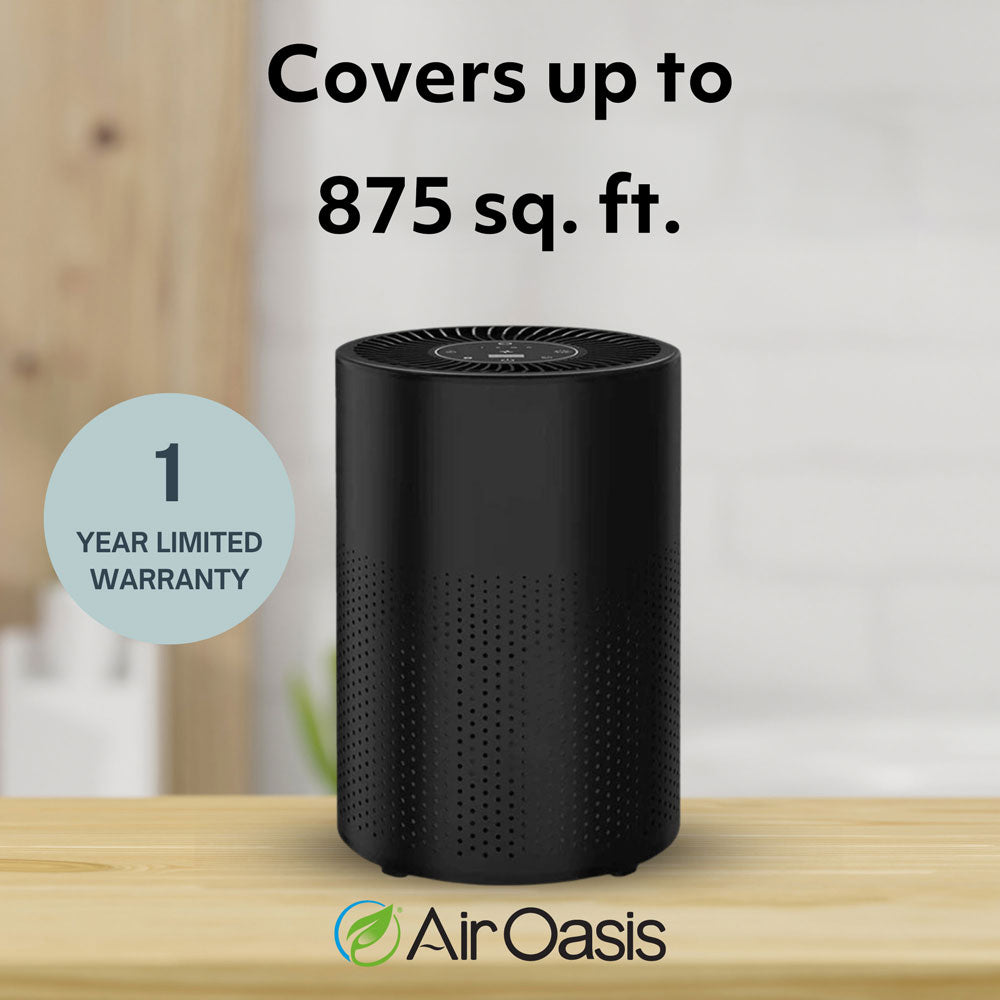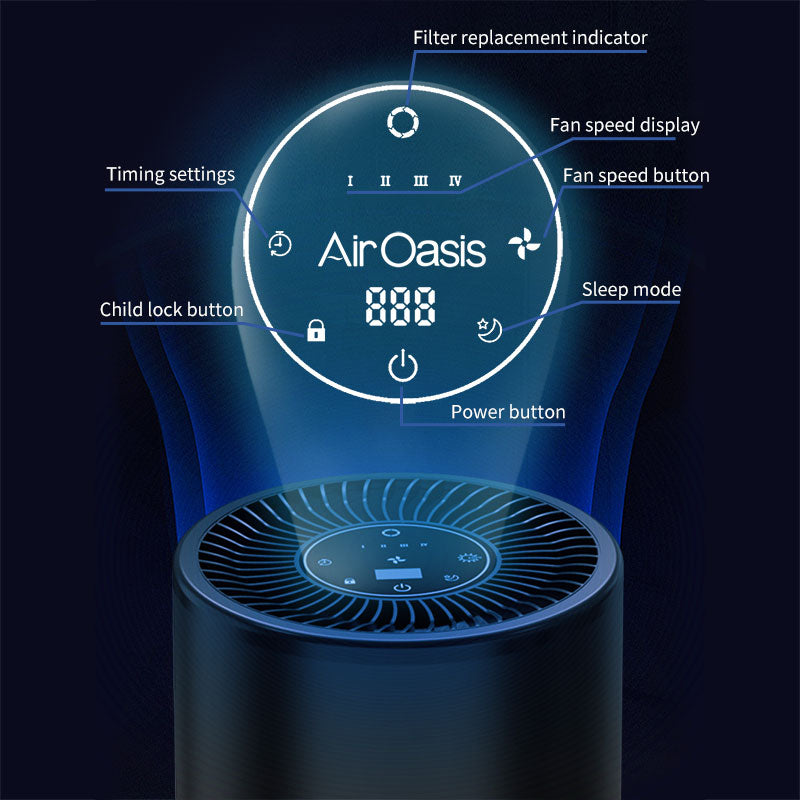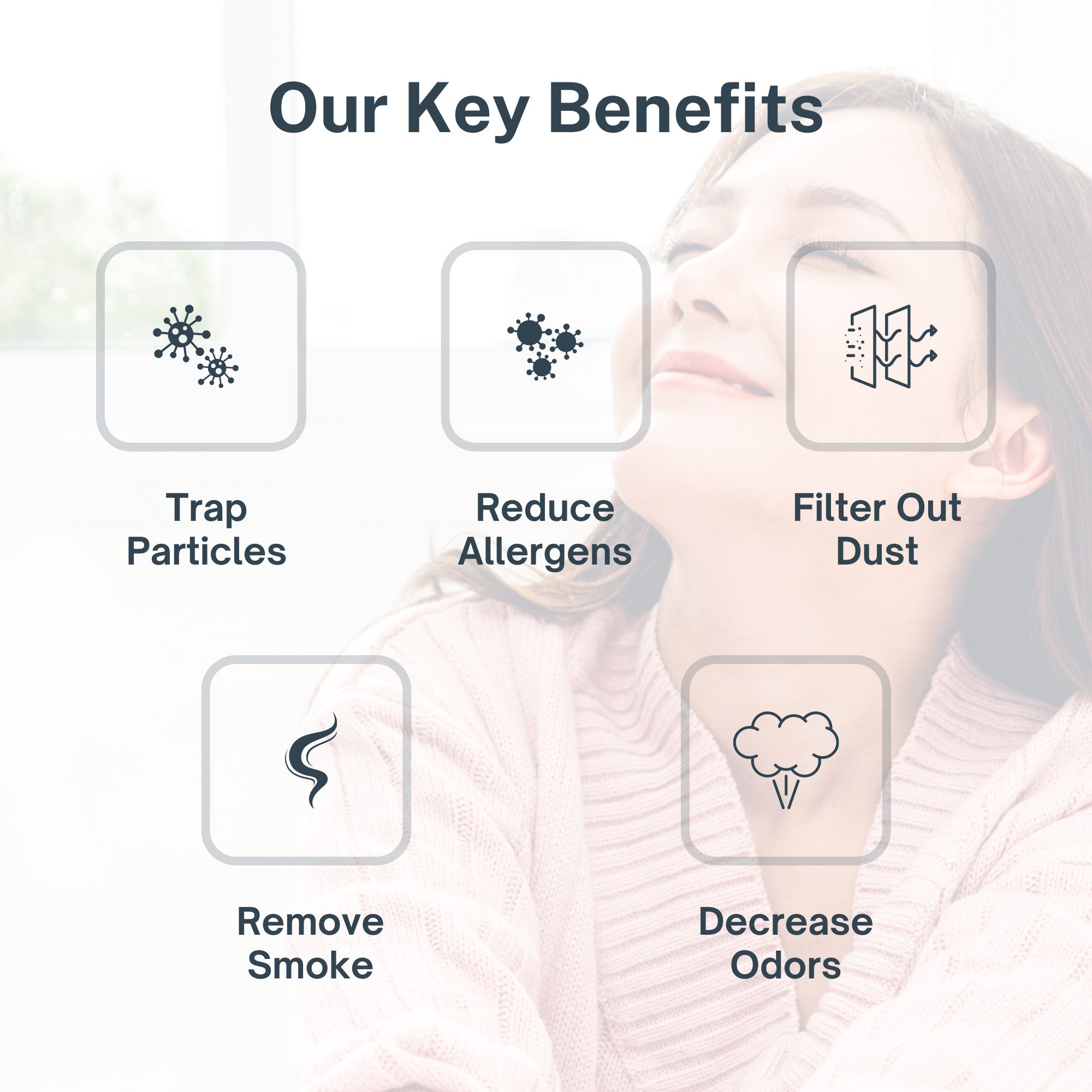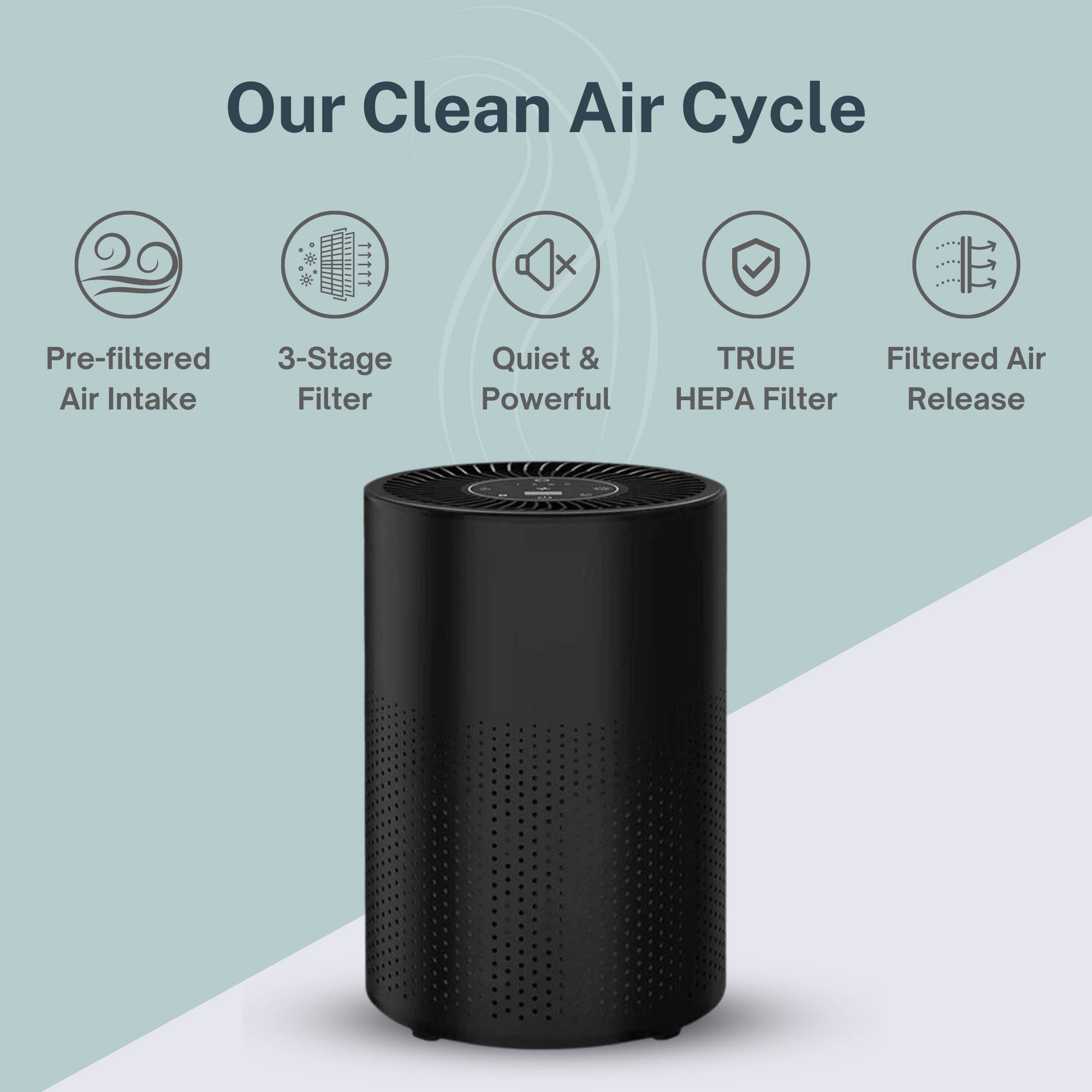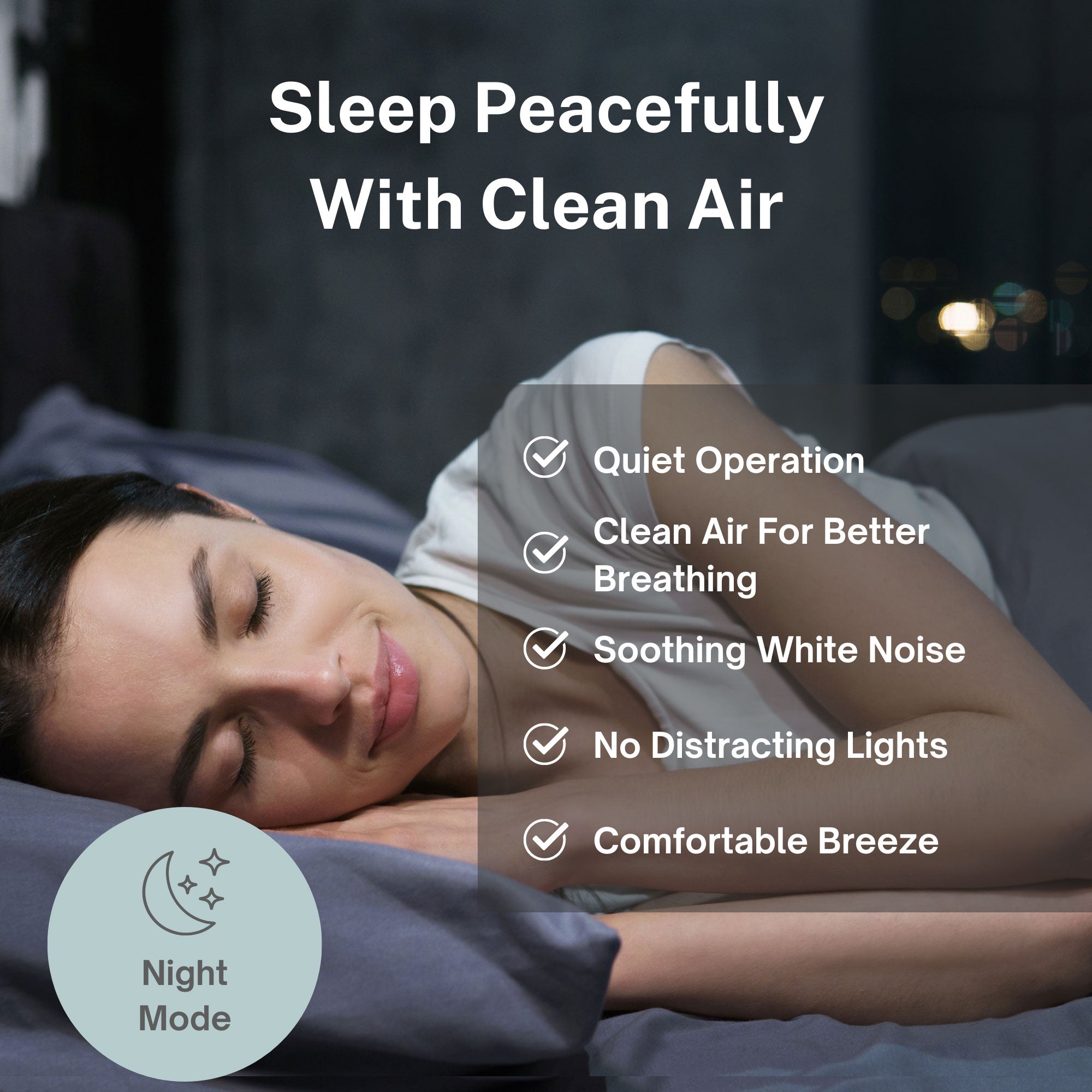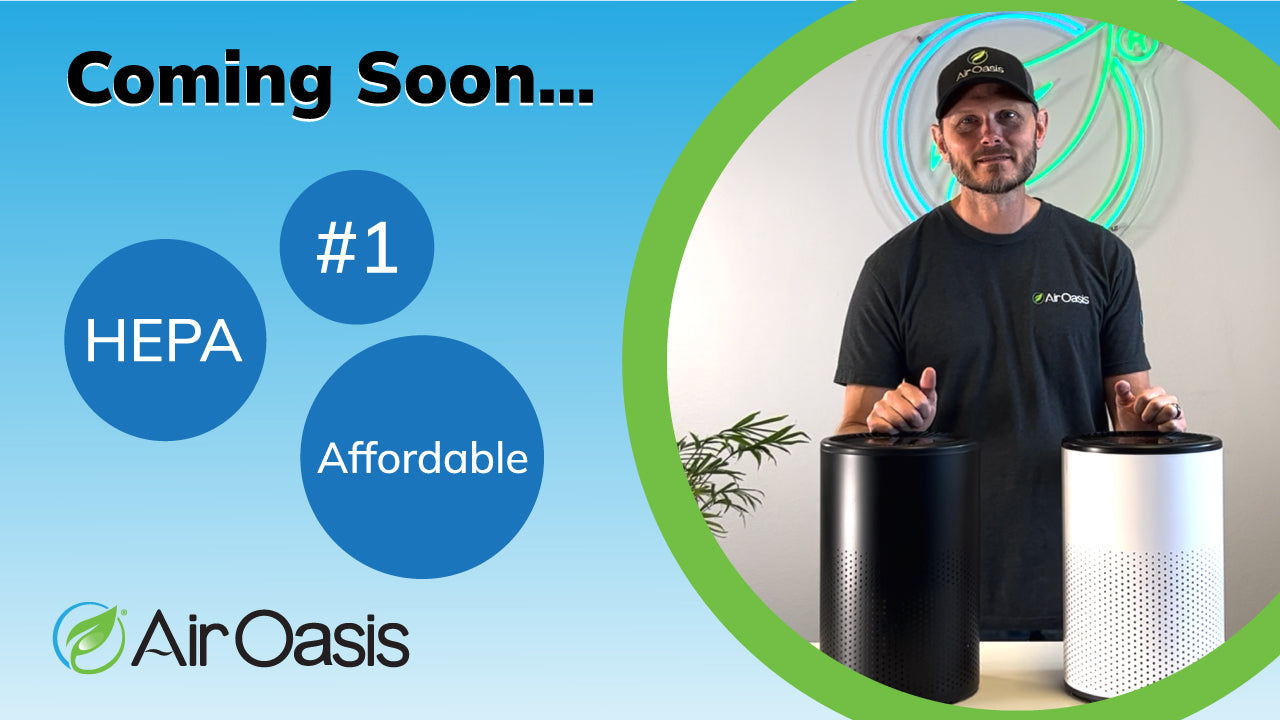For individuals with Chronic Inflammatory Response Syndrome (CIRS) or mold sensitivities, identifying mold growth isn't just about home maintenance—it's about protecting your health. Mold can trigger severe inflammatory responses, respiratory distress, cognitive impairment, and chronic fatigue in susceptible individuals. Learning to recognize what different mold types look like empowers you to take swift action before exposure worsens your symptoms. The key is understanding that mold appears in various colors, textures, and patterns, each providing clues about the type you're facing and the potential health risks involved.
Understanding Mold Appearance: Colors, Textures, and Patterns
Mold doesn't have a single appearance—it manifests in multiple ways depending on the species, surface, and environmental conditions. Texturally, mold can appear fuzzy like cotton, slimy and wet, powdery like dust, or even leather-like in advanced growth stages. The texture often indicates how established the colony has become and how much moisture is present.
Color provides another critical identification marker. Mold ranges from white and gray to green, blue, brown, yellow, and the infamous black. According to the CDC, there are thousands of mold species, and color alone doesn't determine toxicity—even non-black molds can produce harmful mycotoxins that trigger CIRS symptoms. However, certain colors do correlate with specific species that pose greater health risks.
Pattern and location also matter. Mold might appear as small spots that gradually spread, circular patches, or streaking stains that follow water damage paths. It often grows in areas with poor ventilation and moisture accumulation. For CIRS patients, even small amounts of mold can trigger significant inflammatory responses, making early visual detection essential before the colony becomes established and releases higher concentrations of spores and mycotoxins into your breathing space.
Common Indoor Mold Types and How to Identify Them
Stachybotrys chartarum, commonly called black mold, appears dark greenish-black with a slimy, wet texture. It grows on cellulose-rich materials like drywall, wood, and paper after significant water damage. This species produces mycotoxins that are particularly problematic for those with biotoxin illness, often causing severe neurological and respiratory symptoms.
Aspergillus presents in various colors—white, yellow, green, brown, or black—with a powdery or fuzzy appearance. It's one of the most common indoor molds and thrives in dust, insulation, and HVAC systems. For CIRS sufferers, Aspergillus is especially concerning because it readily becomes airborne and can colonize in the sinuses and lungs.
Penicillium typically appears blue-green with a velvety or powdery texture. It grows rapidly on water-damaged materials, wallpaper, carpets, and insulation. This species produces strong musty odors and releases spores easily, making it a significant trigger for respiratory symptoms and inflammatory responses. The Air Oasis iAdaptAir system specifically targets these airborne mold spores through multi-stage filtration.
Cladosporium looks olive-green to brown or black with a suede-like texture. It grows in both warm and cool environments, appearing on fabrics, wood surfaces, and around windows. While considered less toxic than black mold, it still triggers allergic reactions and respiratory issues in sensitive individuals.
Alternaria appears dark green or brown with a woolly or hair-like texture. It commonly grows in showers, around windows, and in areas with water leaks. This species is known for causing allergic responses and asthma symptoms, and can exacerbate CIRS conditions.
Where Mold Hides: Looking Beyond the Obvious
Visible mold on bathroom tiles or basement walls represents only part of the problem. Mold often grows in hidden locations where moisture accumulates without proper airflow. Check behind wallpaper, under carpeting, inside wall cavities near plumbing leaks, and in crawl spaces. HVAC systems frequently harbor mold growth that continuously circulates spores throughout your home.
Water stains on ceilings or walls indicate potential mold growth behind the surface. Peeling paint or wallpaper, warping wood, and persistent musty odors all signal hidden mold colonies. For CIRS patients, these hidden sources often explain why symptoms persist despite visible mold remediation. Hidden mold in building materials can release mycotoxins and volatile organic compounds that significantly impact indoor air quality and health.
Condensation-prone areas deserve special attention—around windows, in attics with poor ventilation, behind refrigerators, and under sinks. Mold doesn't always look like mold in its early stages; it might resemble dirt, soot, or simple discoloration. The key indicator is whether the discoloration spreads over time and whether it appears in moisture-prone locations.
Protecting Your Health: Air Purification as a Defense Strategy
Identifying what mold looks like gives you the power to address contamination before it severely impacts your health. Remember that mold appears in various colors from white to black, with textures ranging from fuzzy to slimy to powdery. Common indoor species include Stachybotrys, Aspergillus, Penicillium, Cladosporium, and Alternaria—each with distinct visual characteristics and health implications for those with CIRS and mold sensitivities.
Even after professional remediation, airborne mold spores can persist and trigger inflammatory responses. This is where medical-grade air purification becomes essential. The Air Oasis approach combines True HEPA filtration, activated carbon, UV-C technology, and ionization to capture and neutralize mold spores, mycotoxins, and other biotoxins that compromise your health. For CIRS patients, continuous air purification isn't optional—it's a critical component of creating a safe indoor environment where your body can heal rather than fighting constant inflammatory triggers.
If you're ready to protect yourself from mold exposure and the biotoxins that worsen CIRS symptoms, invest in proven air purification technology. Shop Air Oasis today and create the clean air environment your health depends on.
Frequently Asked Questions About What Mold Looks Like
Here are some answers to additional questions you may havea bout mold in your home.
Can mold be white or clear?
Yes, many mold species start as white or nearly clear before developing pigmentation as they mature. White mold is often mistaken for efflorescence (mineral deposits) but has a fuzzy texture rather than a crystalline appearance.
How can I tell the difference between mold and mildew?
Mildew appears flat, powdery, and gray or white, typically on surfaces like shower tiles. Mold is usually fuzzy or slimy, grows into materials rather than just on surfaces, and comes in various colors including black, green, and brown.
Does all black mold produce dangerous mycotoxins?
Not all black-colored mold is Stachybotrys chartarum (toxic black mold). However, any mold can trigger health issues in sensitive individuals, so all mold growth should be addressed regardless of color.
Why does mold in my home keep coming back after cleaning?
Mold returns when moisture problems aren't resolved. Without addressing the water source and improving ventilation, spores that survived cleaning will regrow. Air purification helps manage airborne spores between remediation efforts.


